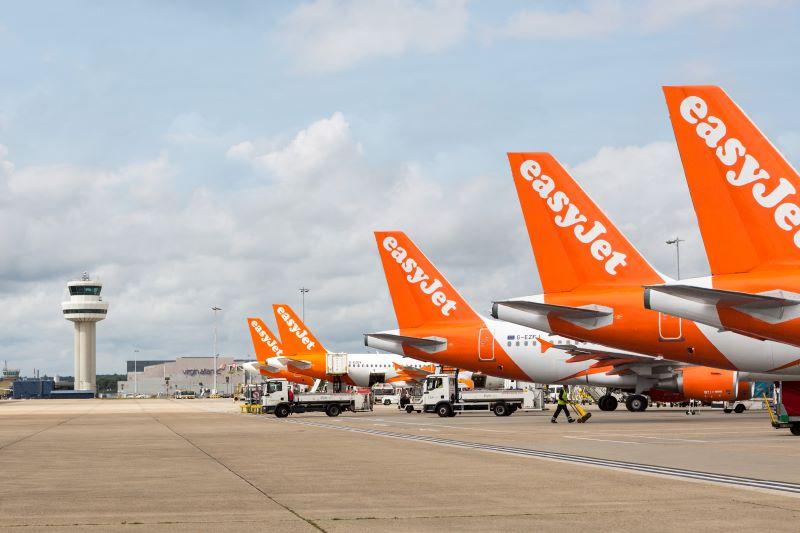
Credit: EasyJet
LONDON—UK LCC easyJet is planning to operate up to 60% of its pre-pandemic capacity in its fiscal 2021 fourth quarter (Q4), with Airbus A320neo deliveries resuming this fall. “At the end of [fiscal] 2020, we had 342 aircraft, so we’re taking that down by 10%,” easyJet CFO Kenton Jarvis told...
Subscription Required
This content requires a subscription to one of the Aviation Week Intelligence Network (AWIN) bundles.
Schedule a demo today to find out how you can access this content and similar content related to your area of the global aviation industry.
Already an AWIN subscriber? Login
Did you know? Aviation Week has won top honors multiple times in the Jesse H. Neal National Business Journalism Awards, the business-to-business media equivalent of the Pulitzer Prizes.

